
What Are Intelligent Agents in AI? Explained in a Simple Way

Published on: June 07, 2024 Healthcare
Data analytics is transforming healthcare by providing deeper insights into patient care, working efficiencies, and medical research. By leveraging vast amounts of health data, organizations can make informed decisions that enhance patient outcomes and streamline processes.
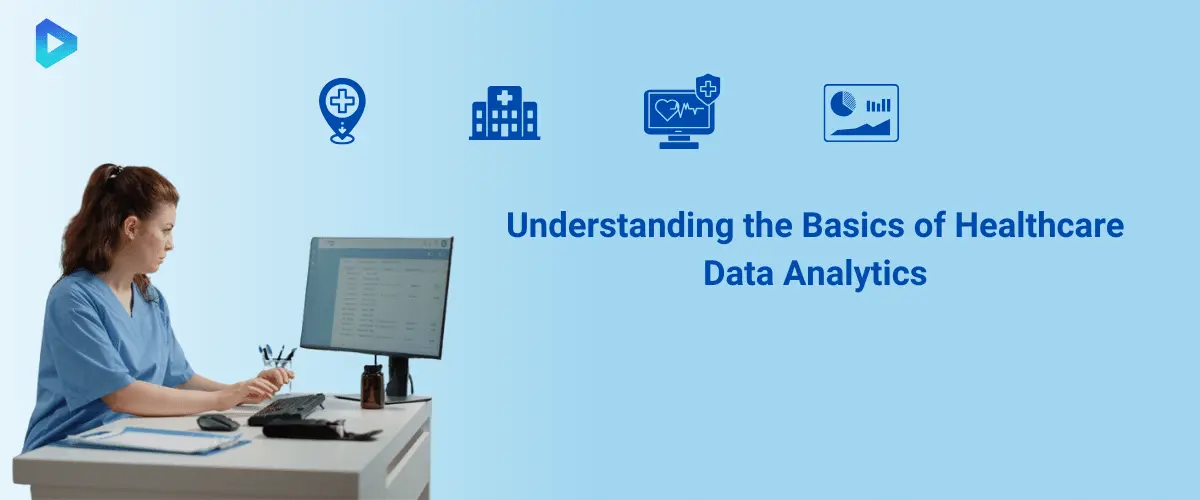
Healthcare professionals use data analytics to systematically derive insights, identify patterns, and make informed decisions. They use advanced technologies like artificial intelligence (AI) and machine learning. These tools analyze large amounts of data from sources like electronic health records (EHRs), medical devices, and patient feedback.
Data analytics transforms healthcare by improving patient outcomes, enhancing working efficiencies, and enabling personalized medicine. With predictive analytics, healthcare providers can anticipate patient needs, optimize resource allocation, and reduce costs.
Over the past decade, data analytics evolved from basic data collection and reporting to sophisticated predictive and prescriptive analytics. Advancements in AI, big data, and the Internet of Things (IoT) have driven this evolution. These technologies expand the scope and impact of data-driven healthcare solutions.
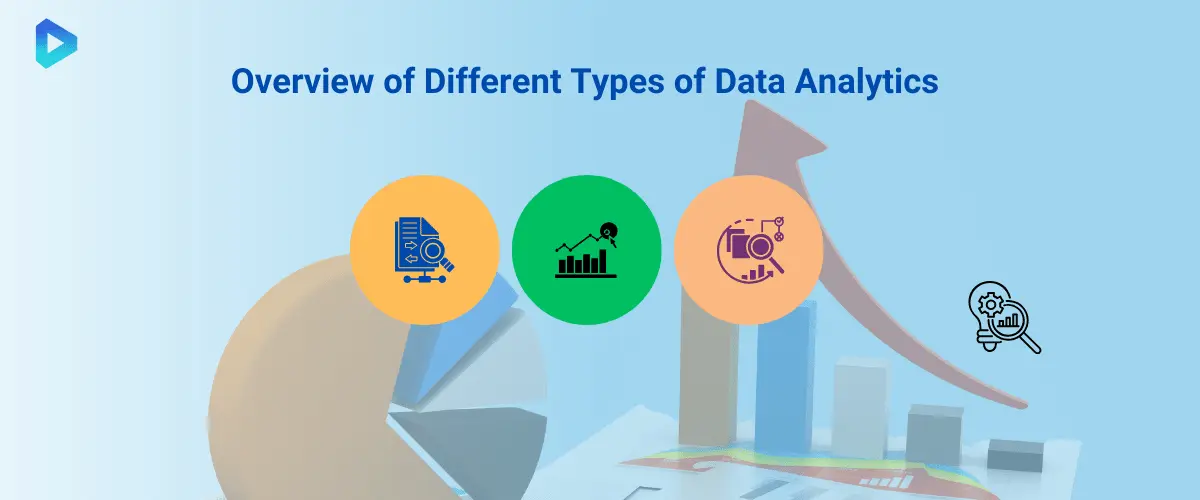
Healthcare encompasses various types of data analytics, each serving a unique purpose. By understanding these types, healthcare professionals can leverage their full potential to improve delivery and outcomes
Data analytics plays a pivotal role in disease prediction and prevention. By analyzing patient data and identifying risk factors, healthcare providers can anticipate potential health issues and intervene early to prevent disease progression.
Clinical Decision Support Systems (CDSS) leverage data analytics to assist healthcare professionals in making informed decisions. These systems analyze clinical data and provide evidence-based recommendations, enhancing the accuracy and efficiency of diagnoses and treatment plans.
Predictive modeling optimizes patient care by forecasting individual health trajectories and tailoring interventions accordingly. This approach improves patient outcomes, reduces hospital readmissions, and enhances overall healthcare quality.
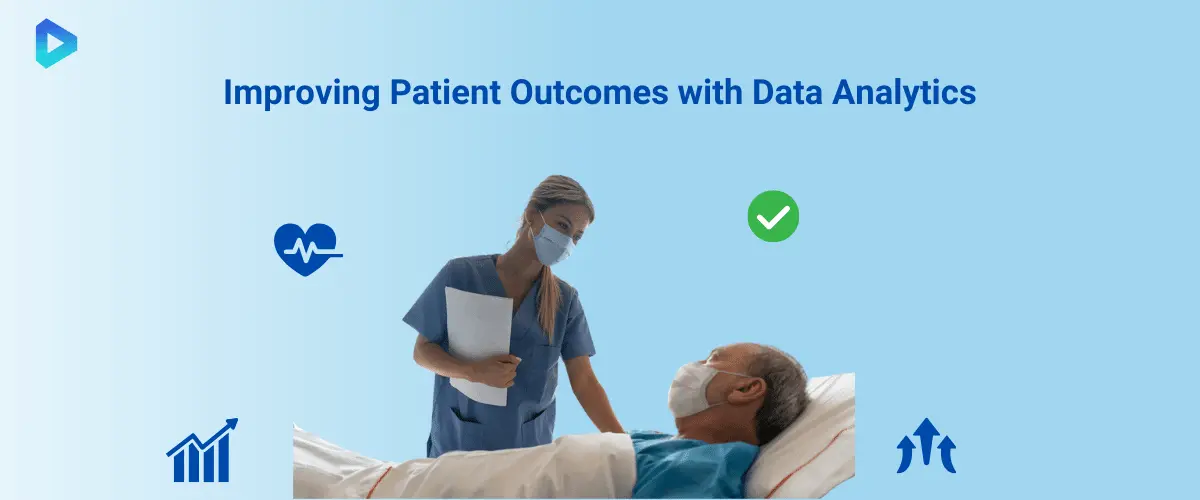
Data analytics significantly improves patient outcomes and care quality. By analyzing patient data, healthcare providers can identify trends and predict health issues before they become critical. This proactive approach enables timely interventions and personalizes treatment plans, which enhances overall patient care.
Healthcare organizations use data analytics to streamline operations and improve efficiency. Analytics tools assist in scheduling staff, managing patient flow, and optimizing resource use. When healthcare providers identify wastefulness and bottlenecks, they can implement effective solutions to improve working performance.
Data analytics contributes to cost reduction and resource optimization in healthcare. Data analytics contributes to cost reduction and resource optimization in healthcare. Healthcare organizations can analyze financial data and resource use patterns to identify areas of overspending and underuse. This analysis enables better budget management and efficient allocation of resources, ultimately reducing costs.
Personalized medicine relies heavily on data analytics to tailor treatments to individual patients. Healthcare providers can consider genetic information, lifestyle factors, and medical history to create customized treatment plans that improve outcomes and patient satisfaction. Additionally, data analytics enhances patient engagement by offering insights into patient behavior and preferences, enabling more effective communication and support.
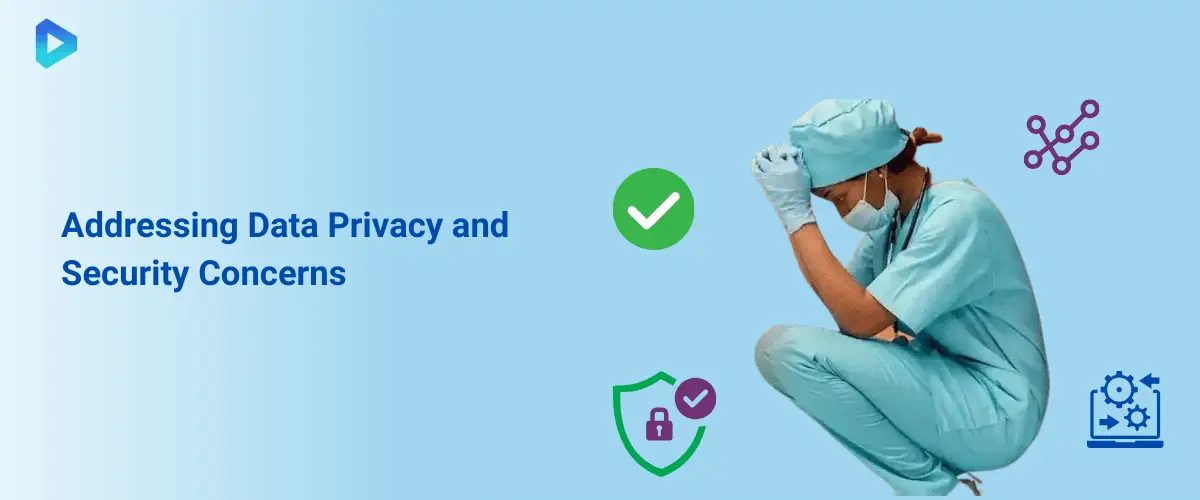
Healthcare data analytics faces major concerns related to data privacy and security. It is critical to protect sensitive patient information from breaches and ensure compliance with regulations like HIPAA. Healthcare organizations must implement robust cyber security measures and encryption protocols to safeguard data.
Integrating legacy systems with modern data analytics tools presents a significant challenge. Many healthcare organizations still use outdated software that does not work together with newer technologies. To overcome this, healthcare providers need to invest in integration solutions and develop standards for data exchange.
Healthcare organizations must train staff to use data analytics tools effectively for successful implementation. Many healthcare professionals may lack the necessary skills and knowledge, which leads to resistance to adoption. Comprehensive training programs and ongoing support help staff adapt to new technologies. They also use data analytics to improve patient care.
Navigating the complex landscape of healthcare regulations and compliance requirements daunts many healthcare organizations. They must stay updated on the latest regulations and ensure their data analytics practices comply with them. Engaging with legal experts and compliance officers helps address regulatory challenges and maintain adherence to standards.
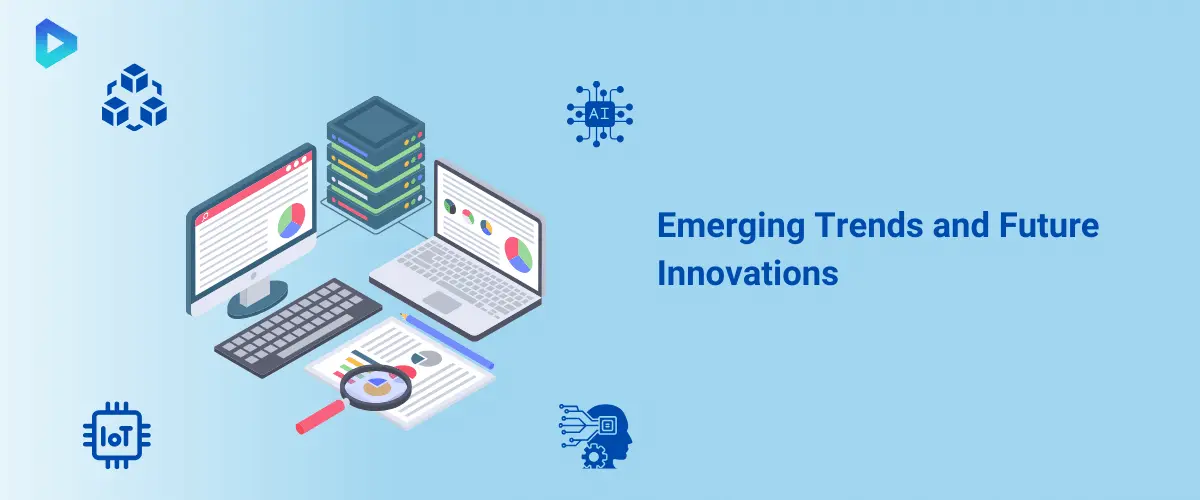
AI and machine learning are transforming healthcare analytics. These technologies analyze vast amounts of data to uncover patterns and make predictions. AI algorithms identify early signs of diseases, recommend personalized treatment plans, and predict patient outcomes. Machine learning models constantly improve their accuracy by learning from new data, making them invaluable tools for healthcare providers.
The Internet of Things (IoT) has transformed patient monitoring. Wearable devices and smart sensors collect real-time health data so healthcare providers can monitor patients remotely. IoT applications track vital signs, detect anomalies, and send alerts for immediate medical attention. This continuous monitoring enhances patient care, especially for chronic disease management and post-operative recovery.
Blockchain technology ensures the security and integrity of health data. It creates decentralized, immutable records that are accessible only to authorized users. Blockchain prevents data breaches and ensures data accuracy. With blockchain, healthcare organizations can securely share patient information, improving collaboration and trust among providers.
Predictive analytics helps manage population health by identifying at-risk groups and predicting health trends. Healthcare providers analyze large datasets to forecast disease outbreaks, track health behaviors, and allocate resources efficiently. Predictive analytics supports proactive interventions, ultimately improving public health outcomes and reducing healthcare costs.
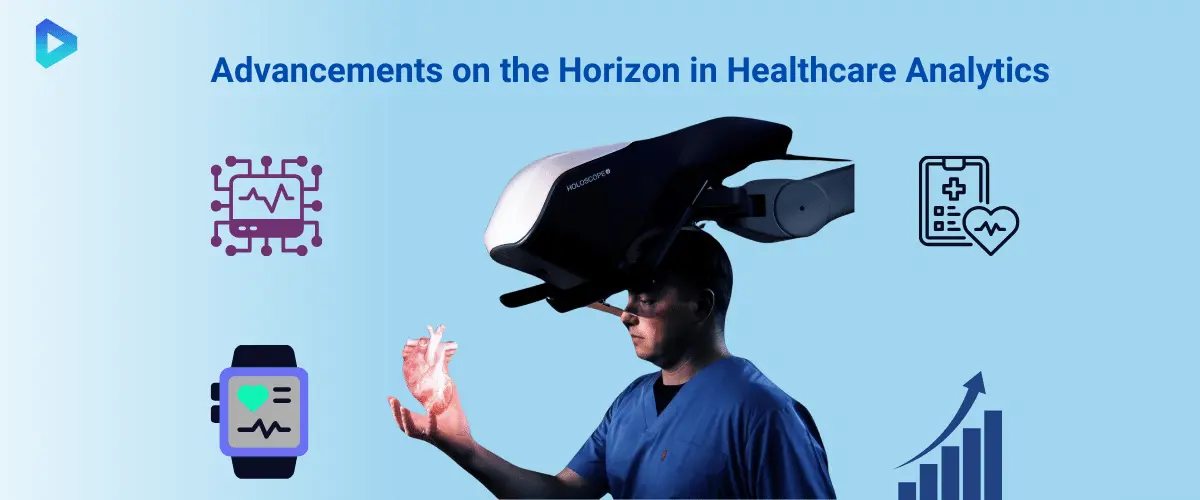
The future of healthcare analytics promises remarkable advancements, driven by rapid technological innovations. Key areas of development include:
These advancements will transform healthcare services, promoting efficiency and improving patient outcomes.
The Internet of Things (IoT) includes advanced health monitoring devices. These devices provide real-time data, improving patient monitoring and chronic disease management. Future prospects include:
These technologies will help healthcare providers offer more effective and personalized care, reducing costs and improving patient satisfaction.
Data analytics holds the potential to transform global health by addressing major healthcare challenges and improving access to care. Key impacts include:
By harnessing the power of data, global health initiatives can become more effective and equitable.
Healthcare delivery continues to evolve with the integration of data analytics, leading to more efficient and effective care. Notable trends include:
Data analytics will be crucial in shaping the future of healthcare. It drives innovations that benefit providers, patients, and the overall healthcare system.
AI enhances healthcare analytics by improving diagnostic accuracy, predicting patient outcomes, and personalizing treatment plans. AI analyzes medical images and patient data to detect diseases early. It predicts health risks for proactive care and tailors treatments based on individual data, improving overall healthcare delivery.
Data analytics ensures patient data security and privacy through encryption, access control, and blockchain technology. Encryption protects data during transmission and storage. Access control restricts data access to authorized personnel. Blockchain provides a secure and transparent method to manage health data, maintaining data integrity and privacy.
Healthcare faces challenges in implementing data analytics, such as combining data from different sources and ensuring data quality. They also need to protect patient privacy while following regulations and dealing with limited budgets and skilled personnel. Addressing these challenges is crucial for the effective adoption of data analytics in healthcare.
Predictive analytics benefit areas such as disease prevention, chronic disease management, and reducing patient readmissions. Predictive analytics identifies risk factors for disease outbreaks and monitors long-term conditions like diabetes. It also predicts readmission rates to implement targeted interventions, improve patient outcomes, and optimize healthcare resources.
Data analytics improves healthcare operations by optimizing workflows, resource allocation, and patient care. It streamlines administrative processes, enhances staff scheduling, ensures optimal use of medical equipment and personnel, and reduces wait times. This leads to improved patient flow and the overall patient experience, making healthcare operations more efficient.